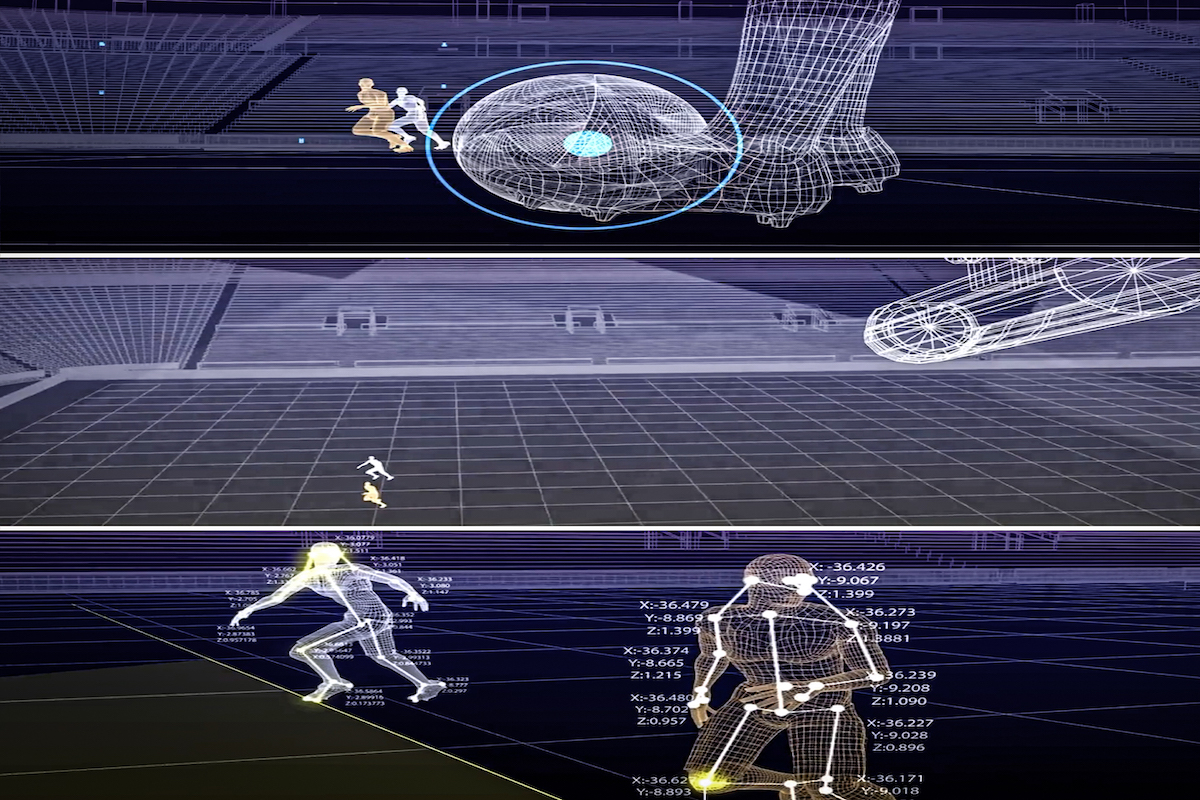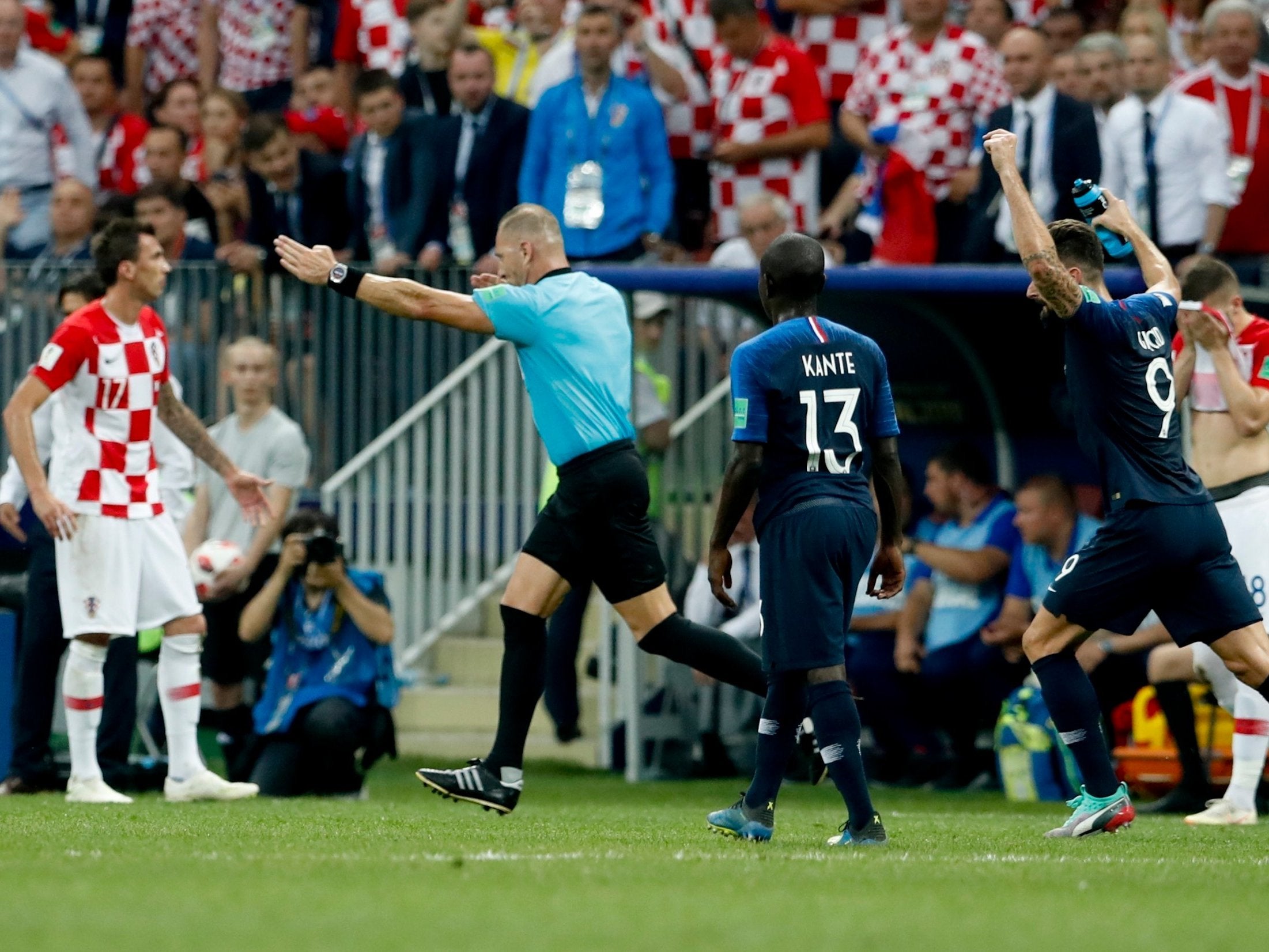The Evolution of World Cup Footballs: Technological Advancements and Design Innovations
Discussing the evolution of World Cup footballs in over 5000 words would cover a comprehensive analysis of the technological advancements, design changes, and the impact on gameplay and player experience across the history of the FIFA World Cup. Here's a structured outline and summary to guide such an extensive discussion:
Introduction
- Importance of the Football (Soccer) Ball: Its central role in the game, its evolution from basic materials to advanced technology.
- Significance of the World Cup: How it drives innovation in football equipment, including balls.
Historical Context and Early World Cups
- Early World Cup Balls (1930s-1950s): Leather construction, heavy and water-absorbent.
- Impact on Gameplay: Challenges for players, especially in varying weather conditions.
- Technological Limitations: Lack of advanced materials and manufacturing processes.
Technological Advances in the Modern Era
- Synthetic Materials (1960s-1980s): Introduction of synthetic materials like PVC and polyurethane.
- Waterproofing and Performance: Improvement in durability and performance under different weather conditions.
- Design Innovations: Panel shapes, aerodynamics, and impact on ball control and flight.
Design Changes and FIFA Standards
- FIFA Approval Process: Standards for size, weight, shape, and performance criteria.
- Evolution of Panel Designs: From traditional 18-panel to 32-panel designs.
- Graphics and Visibility: High-visibility designs for TV broadcasts and player visibility on the pitch.
World Cup-Specific Balls and Technologies
- Official World Cup Balls: Special designs and technologies introduced for each tournament.
- Innovative Features: Example balls like the Adidas Telstar (1970), Adidas Jabulani (2010), and Adidas Brazuca (2014).
- Player Feedback and Controversies: Impact on gameplay, criticism from players, and adjustments made by manufacturers.
Impact of Design on Gameplay and Performance
- Aerodynamics and Flight: How ball design affects trajectory, swerve, and goalkeeper reactions.
- Control and Touch: Player experiences with different ball surfaces and panel configurations.
- Medical and Safety Concerns: Studies on the impact of ball technology on player injuries and safety.
Cultural and Commercial Aspects
- Iconic Status: Balls that became iconic due to their association with historic moments.
- Merchandising and Fan Engagement: The role of official balls in merchandise and fan culture.
- Economic Impact: Sales, marketing, and sponsorships related to World Cup balls.
Future Trends and Innovations
- Materials Science: Advances in materials like micro-textures, carbon-fiber elements, and smart technologies.
- Environmental Concerns: Sustainable materials and manufacturing processes.
- Virtual and Augmented Reality Integration: Potential future technologies impacting ball design and player interaction.
Conclusion
- Summary of Evolution: From leather to advanced synthetic materials, and the impact on gameplay.
- Technological and Design Influence: How World Cup footballs have influenced the sport and vice versa.
- Future Directions: Speculation on future innovations and their potential impact on football and the World Cup.
References
- Primary Sources: FIFA archives, official reports, and interviews with manufacturers.
- Secondary Sources: Academic papers, sports technology journals, and industry analyses.
This outline provides a comprehensive structure for exploring the evolution of World Cup footballs, spanning historical changes, technological advancements, design impacts, cultural aspects, and future trends. Each section can be expanded with specific examples, technical details, and case studies from different World Cup tournaments to provide a thorough analysis of this topic.







